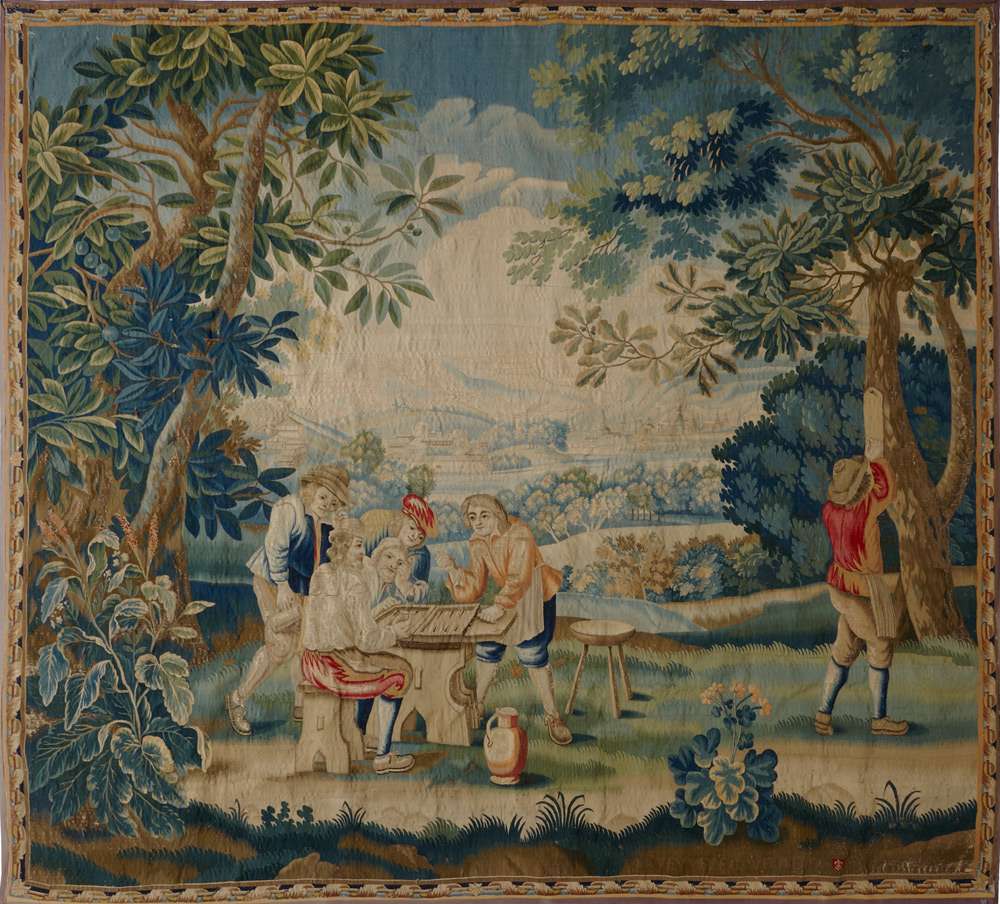Want to buy an antique French tapestry? Do you know how to distinguish between an authentic French antique tapestry and a modern reproduction? Our guide gives you the facts & information you want to know.
Mention French tapestry and the chances are you’ll think of the famous Bayeux tapestry which dates back 1000 years and tells the whole story of the Norman Conquest of Britain in the 11th century. However, although the Bayeux tapestry is an indicator of the skill and professionalism that goes into making antique French tapestry, it is by no means the only tapestry around, and for the right price you could quite possibly purchase your very own French antique tapestry and enjoy looking at it as you sip your morning coffee from antique French cafe au lait bowls.
The subject matter of antique French tapestry is as eclectic as the production materials and methods put to use in producing these wonderful works of art. In general it is very difficult to find any tapestry from France that predates the 18th century due to the delicate nature of tapestry and the care it requires. The majority of antique French tapestry work that still survives to this day is usually dated from the 18th century onwards. Although it is not uncommon to see abstract floral scenes as the subject of many antique French tapestry pieces, the majority of works usually feature either animals or human characters amidst pleasant rural landscapes.
The fabric used in the production of antique French tapestry ranges from cotton to delicately embroidered silk that is interwoven to create a special shiny effect. The advent of the industrial revolution in Europe in the mid 19th century saw the introduction of mechanized tapestry production and most pieces from about 1850 onwards are usually made using machinery as opposed to hand made tapestries.
Restoring French Antique Tapestry
Restoring antique French tapestries is not an easy task and if at all possible should be left to a professional. Unlike other antiques( including antique french clocks), tapestries are inherently delicate and one wrong move could ruin your entire tapestry. Very often, if a tapestry has not been kept in appropriate conditions mould sets in to the fabric in which case it becomes barely impossible to restore. It is for this reason that the utmost care should be taken when purchasing and keeping your own French antique tapestry.





